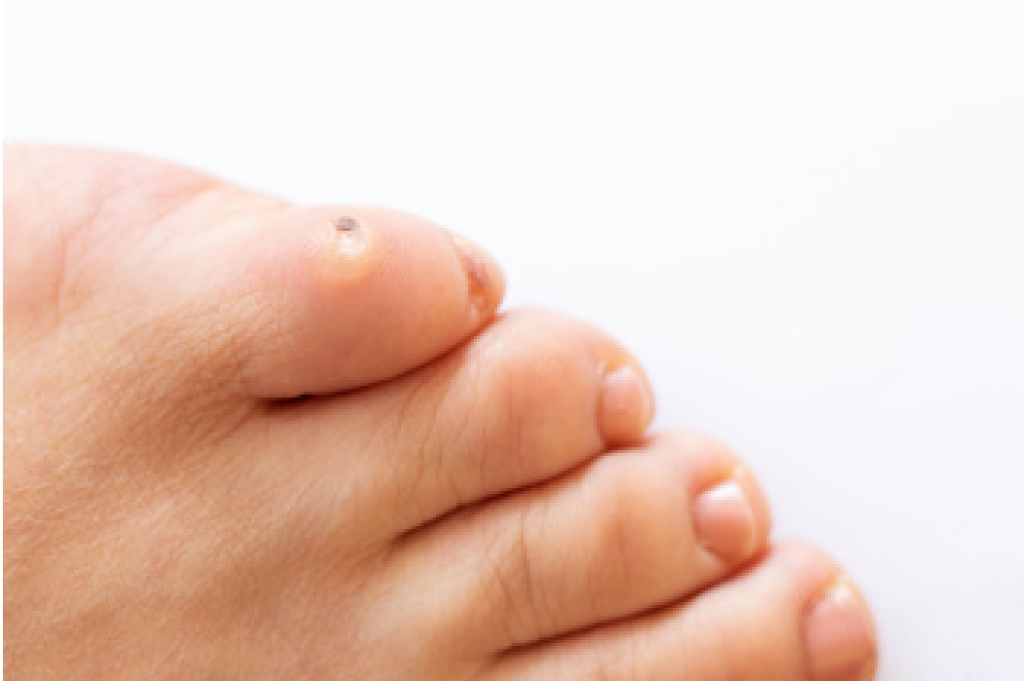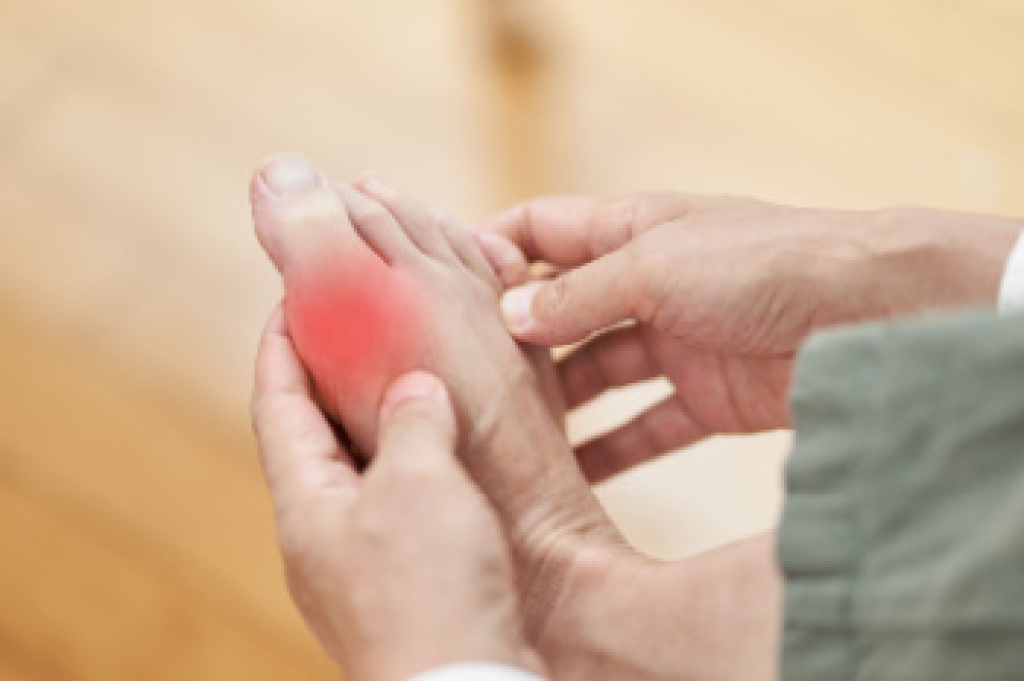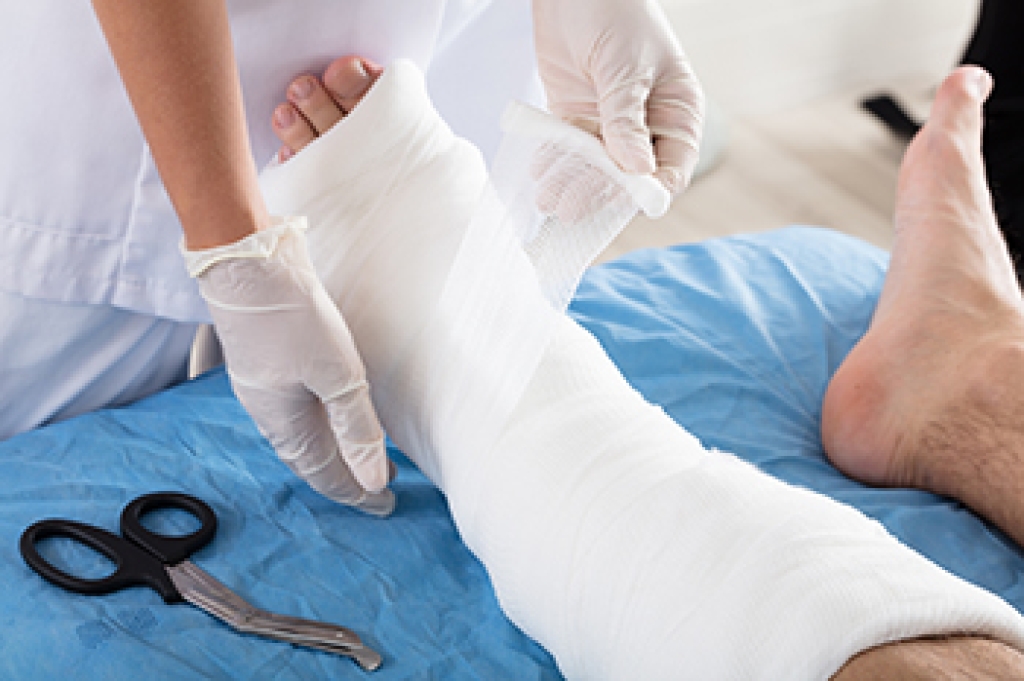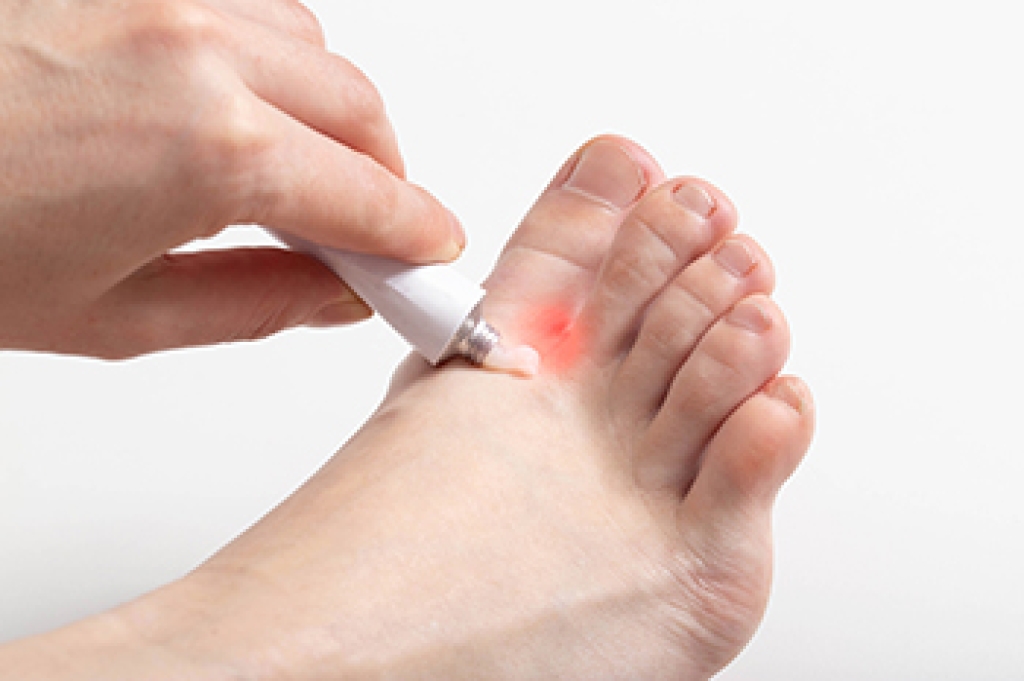
Corns develop on the feet when constant friction or pressure causes layers of skin to thicken on the tops of toes, between toes, or on bony areas. Corns can become painful, making it difficult to walk or wear shoes comfortably. In some cases a corn may become infected if not properly managed. A podiatrist can determine whether the corn is hard or soft in order to provide the best path to relieve discomfort. Treatment may include trimming away hardened skin in a sterile setting to reduce pressure, recommending shoe modifications to decrease rubbing, or prescribing custom orthotics to improve foot alignment and lower stress on affected areas. If a bone deformity, such as a hammertoe, continues to create pressure, surgery may be considered to correct the underlying problem and prevent recurrence. Professional care is important, as attempting to trim corns at home can lead to further injury. If you have a painful corn on your foot, it is suggested that you make an appointment with a podiatrist for an exam, diagnosis, and safe treatment.
Corns can make walking very painful and should be treated immediately. If you have questions regarding your feet and ankles, contact one of our podiatrists of Family Foot Health Center. Our doctors will treat your foot and ankle needs.
Corns: What Are They? And How Do You Get Rid of Them?
Corns are thickened areas on the skin that can become painful. They are caused by excessive pressure and friction on the skin. Corns press into the deeper layers of the skin and are usually round in shape.
Ways to Prevent Corns
There are many ways to get rid of painful corns such as:
- Wearing properly fitting shoes that have been measured by a professional
- Wearing shoes that are not sharply pointed or have high heels
- Wearing only shoes that offer support
Treating Corns
Although most corns slowly disappear when the friction or pressure stops, this isn’t always the case. Consult with your podiatrist to determine the best treatment option for your case of corns.
If you have any questions, please feel free to contact our office located in Rogers and Berryville, AR . We offer the newest diagnostic and treatment technologies for all your foot care needs.




